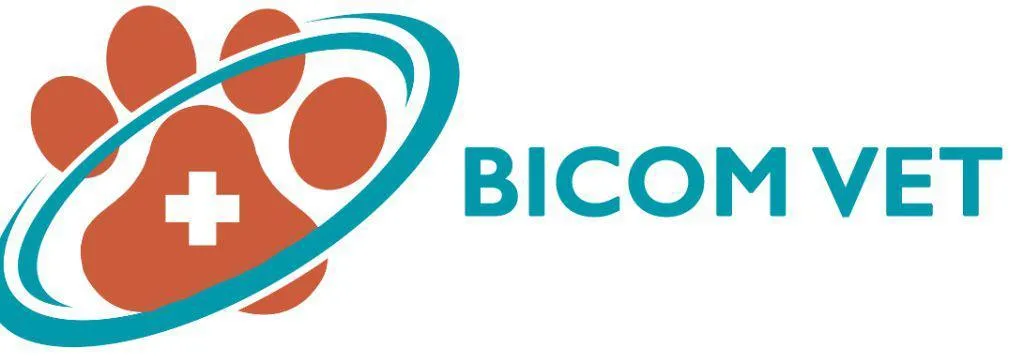
Bicom bioresonance is the last resort for many animal owners
Custom HTML/CSS/JAVASCRIPT
Client Name: Stephanie Dziallas Holistic animal healer
I had already heard about bioresonance while training as a naturopath treating both animals and humans. It was clear to me from the outset that I should get a BICOM® device as soon as I opened my own practice. And I have now been working with BICOM® for four years. I use it in all areas of my work with simply phenomenal results!
I very often treat allergies in dogs or cat flu in cats but also other infectious diseases such as Borrelia, for example.
The recovery rate with bioresonance is, on average, 80% in my practice. With the remaining 20% I achieve at least some form of improvement.
These are cases which respond more slowly to therapy, requiring a corresponding degree of patience on the part of the owner. Over the course of my four years there have only been 3 or 4 cases where treatment has completely failed. That was at the start and could also have been due to errors on my part, as I was not yet so proficient with this method.
Many owners come to me with animals on whom all other attempted treatments have failed because bioresonance represents the last resort for them. One current example is the cat Krümel, not yet 10 years old, a dear little creature.
This cat had been suffering from cat flu for six months. The vet treating her said there was nothing more they could do for her and recommended having her put to sleep. There was nothing that could be done with viral diseases such as this! The little cat looked dreadful! Her eyes were full of pus and her nose blocked, there was no sparkle in her eyes. She was listless, totally emaciated and her coat was unkempt and had lost its sheen.
Before I began BICOM® treatment I told the owner that I could not promise anything but that we would give it a try.
In the first session I began very cautiously with fortifying BICOM® programs such as “activating vitality“ and “chronic sinusitis“. I also eliminated the viral infections I had detected during BICOM® testing.
After the first treatment the cat’s condition had already improved slightly and she began to eat again. I treated her at fortnightly intervals since, due to the considerable distance, it was difficult for the owner to come to my practice more often.
I have now treated this cat three times with BICOM® and she is already looking good once more. Her eyes have stopped watering and her nose is clear. She has regained her appetite and she looks normal again. She is cleaning herself once more and her coat is shiny. It is advisable however to carry out a further two or three BICOM® treatments. But the cat is over the worst at any rate!
The owner was so happy that she took me in her arms and hugged me. “You can see, she’s going to pull through!“ she said to me.
The BICOM® device is very important for me for I have a wonderful mission in life. It is a great reward for me when owners leave my surgery, with their animals, happy. That is the best thing for me!
But of course I am also able to earn a good living this way.
I am very glad that I have the best bioresonance device on the market. This conviction is confirmed when, at Regumed’s user days, I talk to therapists who previously had other bioresonance devices and were not nearly as successful with them.
So I have to say in all honesty that I am glad that I chose the right device from the outset. I am delighted!
Search Testimonials
It is important to remember that individual anecdotes and testimonials should not be used as the sole basis for making decisions about medical treatments or therapies.
When it comes to alternative therapies like bioresonance, it is essential to rely on evidence-based research and the advice of trained medical professionals. While some people may have positive experiences with bioresonance for their animals, it is important to approach these claims with caution and seek out reliable information from reputable sources.
Ultimately, the decision to pursue bioresonance or any other alternative therapy for your animal should be made in consultation with a veterinarian or animal health professional who can help you weigh the potential benefits and risks.
Pollen – a nuisance for our animal companions too
Hay fever patients are only too familiar with the problem. Year after year the misery begins in the spring with stinging eyes, runny itchy nose and, in severe cases, with a cough and asthma as well. What is perhaps less well known is that our animals too suffer increasingly from this same medical condition.
Just as with humans, the incidence of allergies is also becoming more frequent in animals. Allergic reactions may be provoked by airborne allergens such as pollen, house dust and house dust mites, amongst other factors. Food intolerance is also on the increase, however, and represents a distressing problem for the affected animals.
Now, in spring, as it gets warmer, allergic animals are all suffering as well. With animals it is mainly their skin which itches or else their
noses run more and they occasionally sneeze. Changes in their coats and reddening of the skin are often noticed in the face, feet and ears. These areas often display bloody claw marks and develop into very painful weeping eczema, indicating the severity of the irritation.
This type of problem in animals can be treated with the allergy programs pre-loaded in the Bicom device.
Dr. med. vet. C. May
Quick Links


Facebook
Instagram
Mail